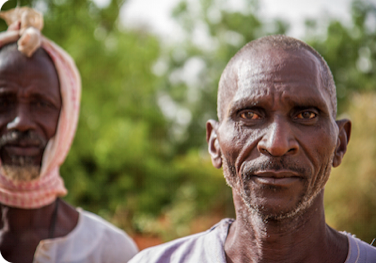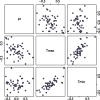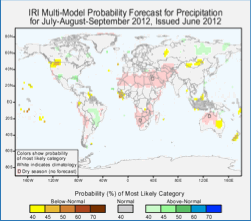If you're having trouble seeing international characters or other parts of this html page, click here to view online.

Into the Heart of Dryness
Explore the country of Niger in a visual essay and learn how IRI and its partners have been training meteorological and hydrological professionals to better understand and anticipate climate risks in the Sahel, one of the poorest and most climate-vulnerable regions in the world.
Read more.
Follow us on Twitter! ![]() @climatesociety
@climatesociety

Sir John Beddington has a recap of Agriculture and Rural Development Day at Rio+20. The event was sponsored by IRI's partner CCAFS and others. While Rio+20 might not have been a home run like many had hoped, CCAFS communications manager Vanessa Meadu writes that language and outcomes from the day also fed directly into the final Rio+20 text resulting in "small wins for small farmers."
IN THE SCIENCE PRESS

Skill of Real-Time Seasonal ENSO Model Predictions during 2002-11: Is Our Capability Increasing? Bull. American Met. Soc. Anthony Barnston, Michael Tippett, Shuhua Li, David DeWitt. The researchers evaluated the skill of real-time model predictions of El Niño-Southern Oscillation (ENSO) conditions during the 2002-2011 period and compared them to skill levels documented in the 1990s. The findings indicate positive but

IRI IN THE NEWS
Tarun Gogoi woos US investors. (Times of India). view
Unprecedented May Heat In Greenland, Temperature Hits Stunning 76.6°F. (ThinkProgress). view
CURRENT SEASONAL RAINFALL FORECAST

The International Research Institute for Climate and Society was established as a cooperative agreement between
the U.S. National Oceanic and Atmospheric Administration's Climate Program Office and Columbia University.
It is part of The Earth Institute, Columbia University.